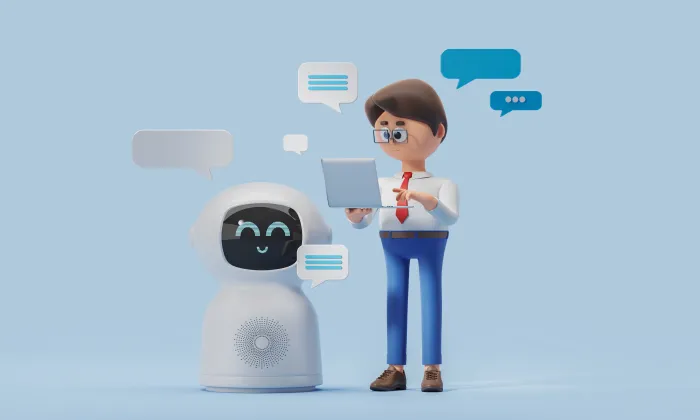What’s the difference between speaker adaptation and speaker encoding?
Speaker Recognition
Speech AI
Audio Processing
In the realm of speech technologies, particularly in voice cloning and synthesis, "speaker adaptation" and "speaker encoding" are pivotal yet distinct processes. Understanding these differences is crucial for AI engineers and product managers developing advanced voice applications.
Understanding Speaker Adaptation and Speaker Encoding
Speaker Adaptation: Personalizing Voice Models
Speaker adaptation involves fine-tuning a pre-existing voice model to align with the unique vocal traits of a specific speaker. This process adjusts the model's parameters based on the speaker's data, capturing nuances like tone, pitch, and speaking style. The goal is to make synthesized speech sound convincingly like the individual, enhancing authenticity and user satisfaction in applications such as virtual assistants and gaming avatars.
Speaker Encoding: Compact Voice Representation
Speaker encoding, in contrast, generates a concise representation of a speaker's vocal characteristics. By extracting features such as accent, intonation, and emotion, it creates a numerical embedding or vector. This encoding is crucial for tasks like speaker recognition and helps inform voice synthesis models on how to replicate a speaker's voice accurately.
Why These Differences Matter
Understanding these distinctions is essential for optimizing model performance and enhancing user experiences:
- Application Suitability: Speaker adaptation is ideal for personalizing systems for users, while encoding focuses on identifying and categorizing speakers, vital for applications like automatic speech recognition (ASR) and voice biometrics.
- Data Requirements: Adapting a voice model requires substantial high-quality audio data from the target speaker. In contrast, encoding can be achieved with less data since it focuses on feature extraction.
- Technical Complexity: Speaker adaptation involves complex model adjustments and retraining. On the other hand, encoding is less computationally intensive, relying primarily on feature extraction.
Integrating Speaker Adaptation and Encoding in Voice Cloning
Though distinct, these processes can complement each other in voice cloning projects. For instance, a system might first use speaker encoding to understand a speaker's characteristics before employing speaker adaptation to refine the model for precise voice replication.
Common Misunderstandings in Speaker Adaptation and Encoding
- Interchangeability: These processes are often mistakenly viewed as interchangeable, leading to ineffective strategies and suboptimal results.
- Data Underestimation: A common mistake is underestimating the audio data needed for effective speaker adaptation, which can compromise the model's accuracy.
- Model Limitations: Teams may overlook the limitations of the models they are adapting, affecting the adaptability and quality of the voice synthesis.
Practical Insights for AI Teams
For teams in the voice cloning space, clarity and strategy are key:
- Invest in Quality Data: Ensure audio data is recorded in professional environments to capture the full range of speaker characteristics.
- Define Clear Goals: Determine whether the objective is to create a personalized voice or to encode speaker characteristics for recognition purposes.
- Iterate and Test: Regular testing of both processes can refine strategies and improve synthesis quality.
At FutureBeeAI, we facilitate these processes by providing high-quality, ethically sourced voice data. Our datasets are designed to support both speaker adaptation and encoding, ensuring your models can deliver compelling, personalized voice experiences. As you embark on your voice technology projects, consider how partnering with FutureBeeAI can streamline your data acquisition and elevate your AI solutions.
What Else Do People Ask?
Related AI Articles
Browse Matching Datasets
Acquiring high-quality AI datasets has never been easier!!!
Get in touch with our AI data expert now!








